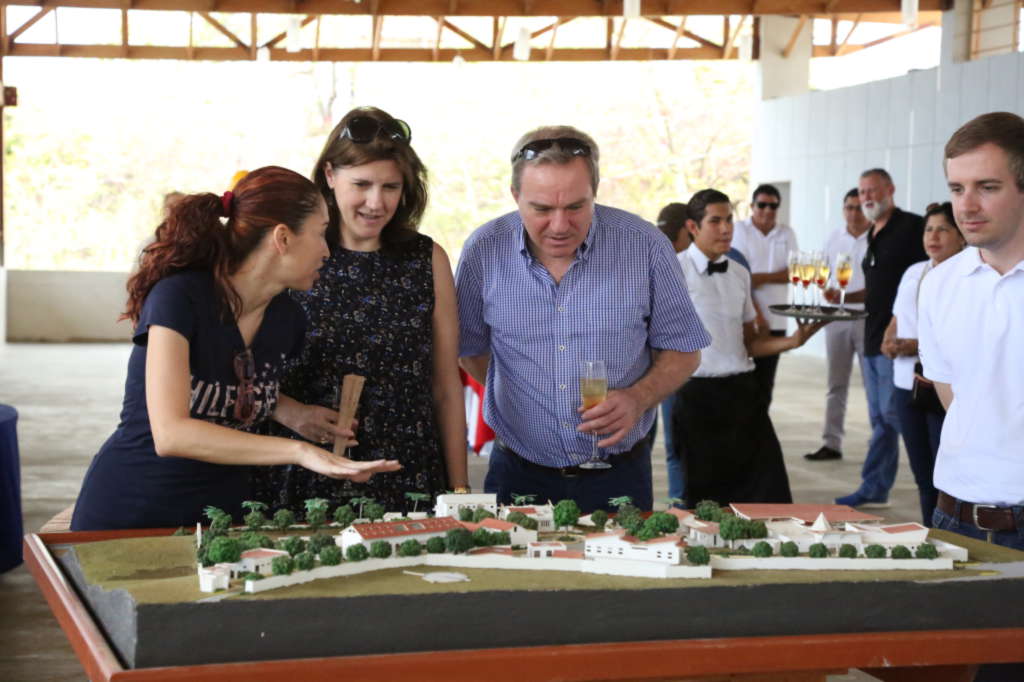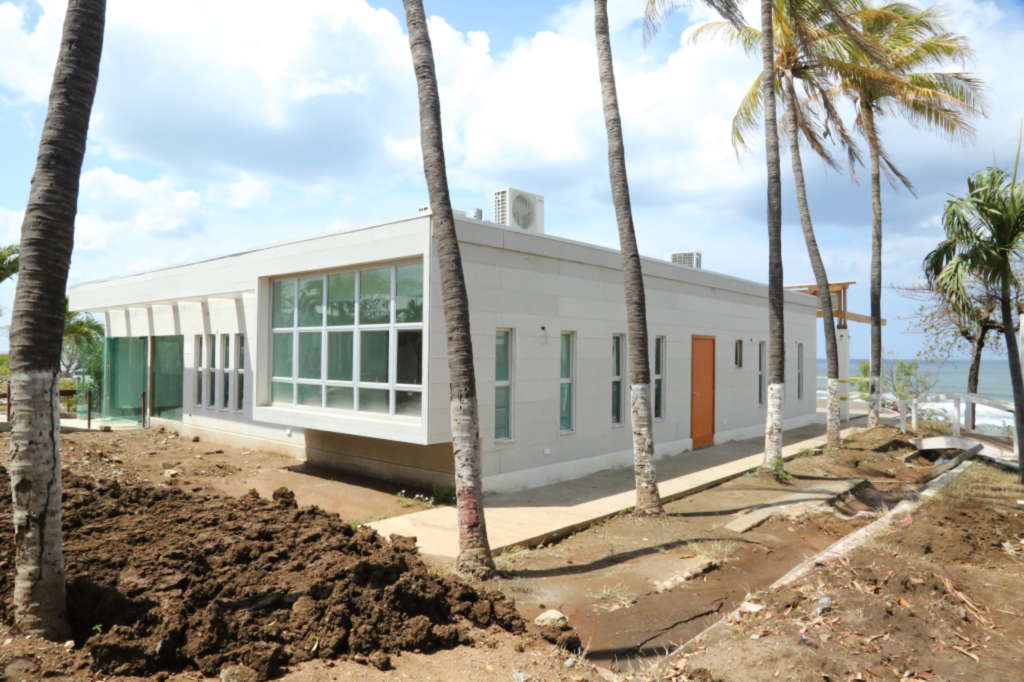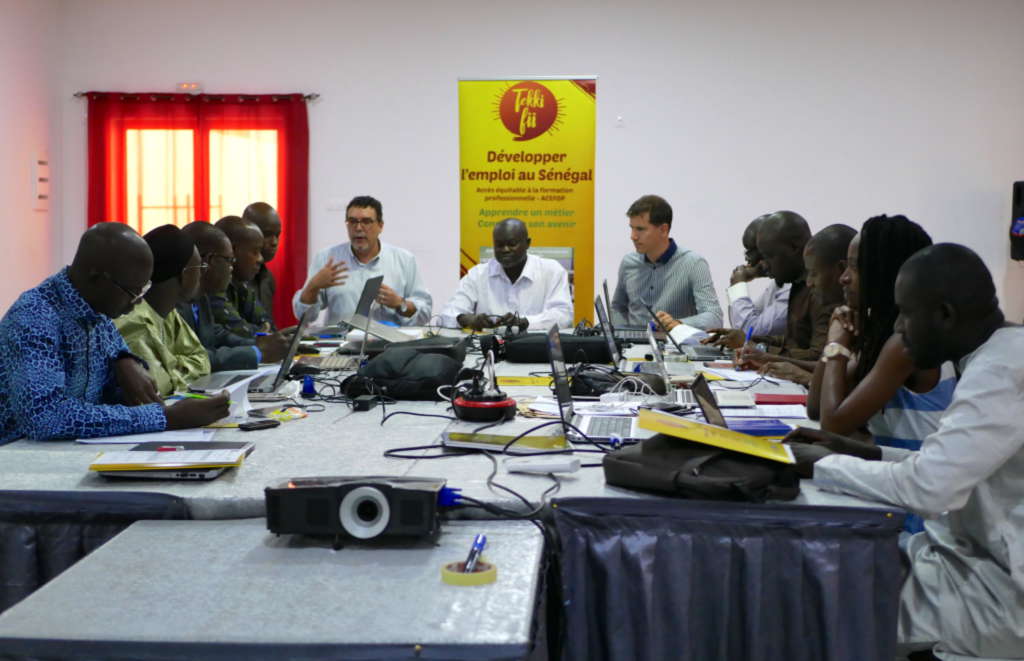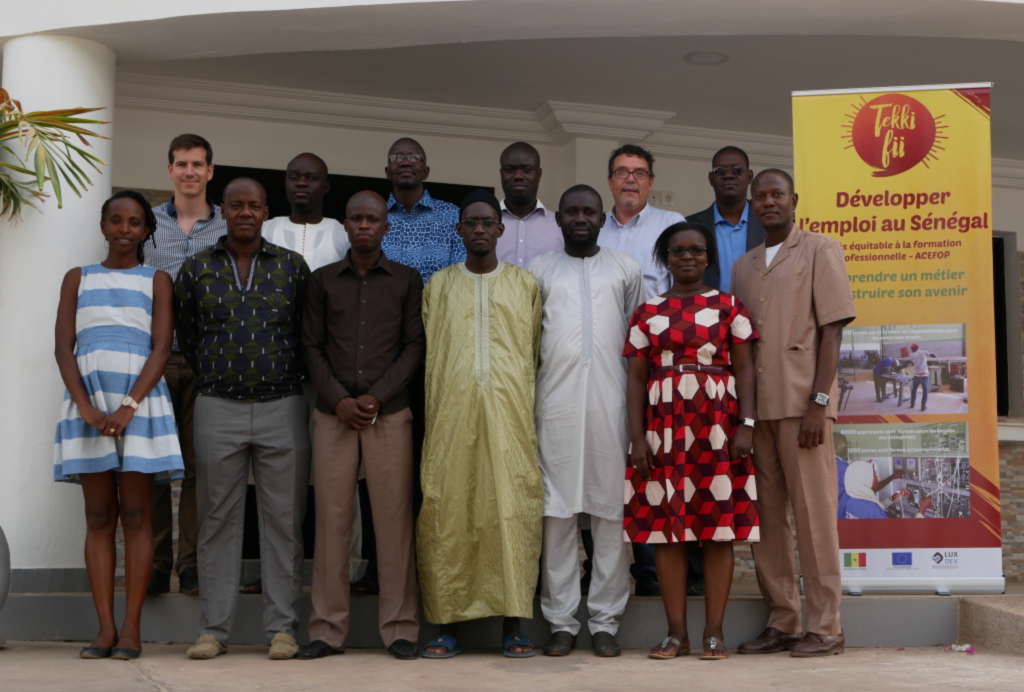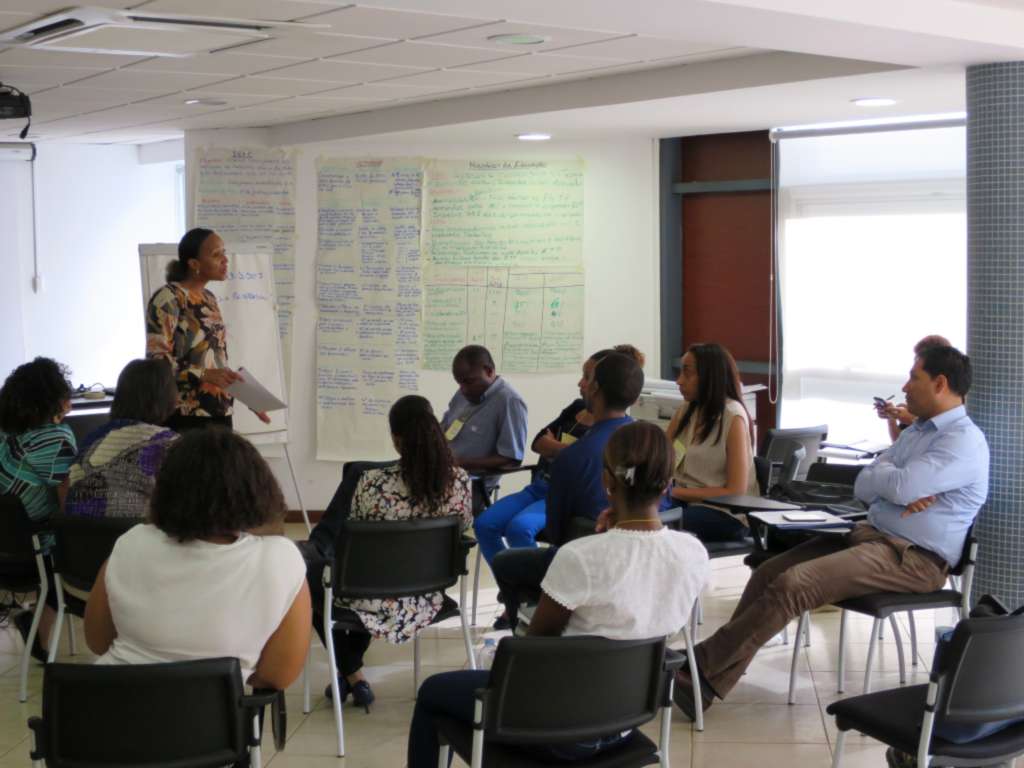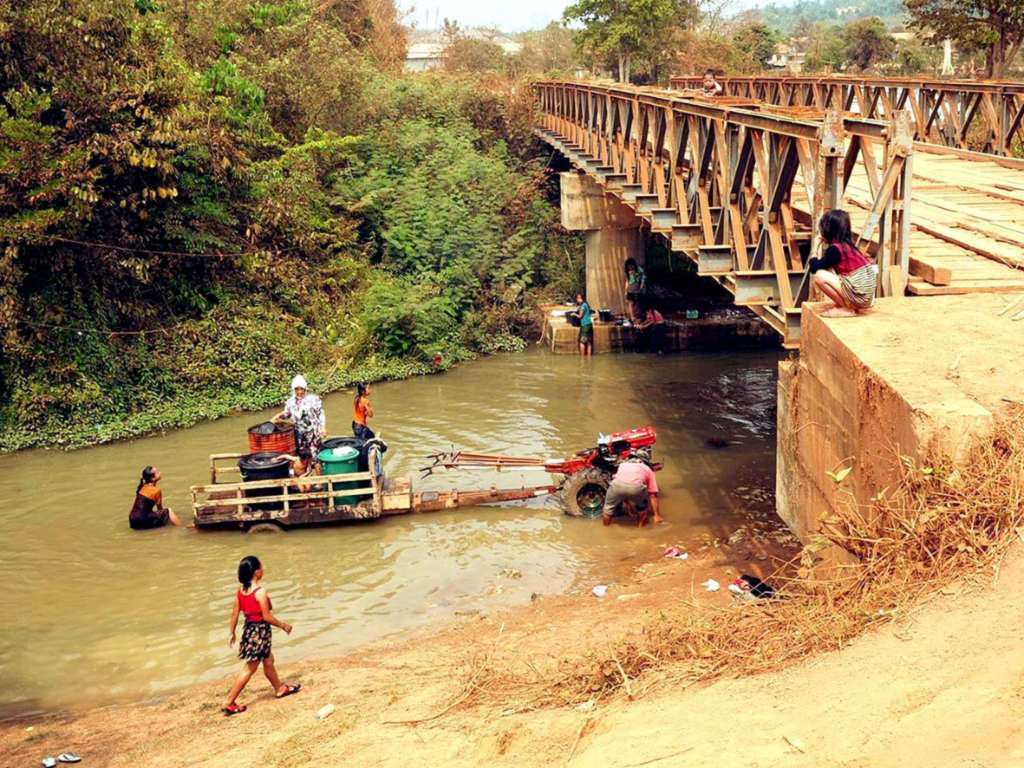With a 128 km coastline and its 22 000 ha Tam Giang-Cau Hai Lagoon, Vietnam’s central province of Thua Thien Hue (TT Hue) is frequently exposed to natural hazards and increasingly facing environmental impact and damage. At the same time, however, the unique environment of this largest lagoon system in Southeast Asia, and the scenic beauty of its surroundings, have the potential to develop a community-based ecotourism (CBET) sector and significantly contribute to strengthening people’s livelihoods, and increasing their economic resilience to climate change.

Figure 1 - View of Tam Giang Cau Hai lagoon from a fishing village in Phu Loc district, Thuan Thien Hue
Whereas national policies and strategies for tourism development are in place, and TT Hue developed a “Socio-Economic Development Plan for the Tam Giang-Cau Hai Lagoon up to 2020”, the province has faced challenges to get CBET off the ground. On the demand side, due to lack of marketing and promotion, the lagoon remains largely unknown to the many tourists that are visiting Hue City, the former imperial capital of Vietnam. On the supply side, local people are not familiar with the concept of community-based tourism, lack the necessary skills and technical support, and do not have the funding for investments in upgrading community and homestay facilities.

Figure 2 - Picture of TT Hue's lagoon on cover page of Vietnam's main English language newspaper (20/01/2017) as part of an article on tourism potential.
Recognising the uniqueness and potential of the lagoon, and with its focus on climate change adaptation and local development, project VIE/033 started working with communities, civil society, local government and the private sector to establish a number of CBET models, one in each of the three project districts. The aim of these models is to demonstrate how CBET can contribute to economic growth, while at the same time, through community mobilisation, ownership and management of natural resources, also help protect the fragile environment.
As one of the first steps, the project organised a few exposure visits. First, to a number of International Labour office (ILO) and UNESCO supported community-based models in neighbouring Quang Nam province, subsequently to Inle Lake in Myanmar, where a very similar environment attracts some 200 000 tourists a year. The latter trip was supported by LuxDev’s MYA/001 tourism project. All leaders from the government provincial and district tourism departments in TT Hue and specialists of the Department of Planning and Investment participated, along with representatives of civil society and the private sector.
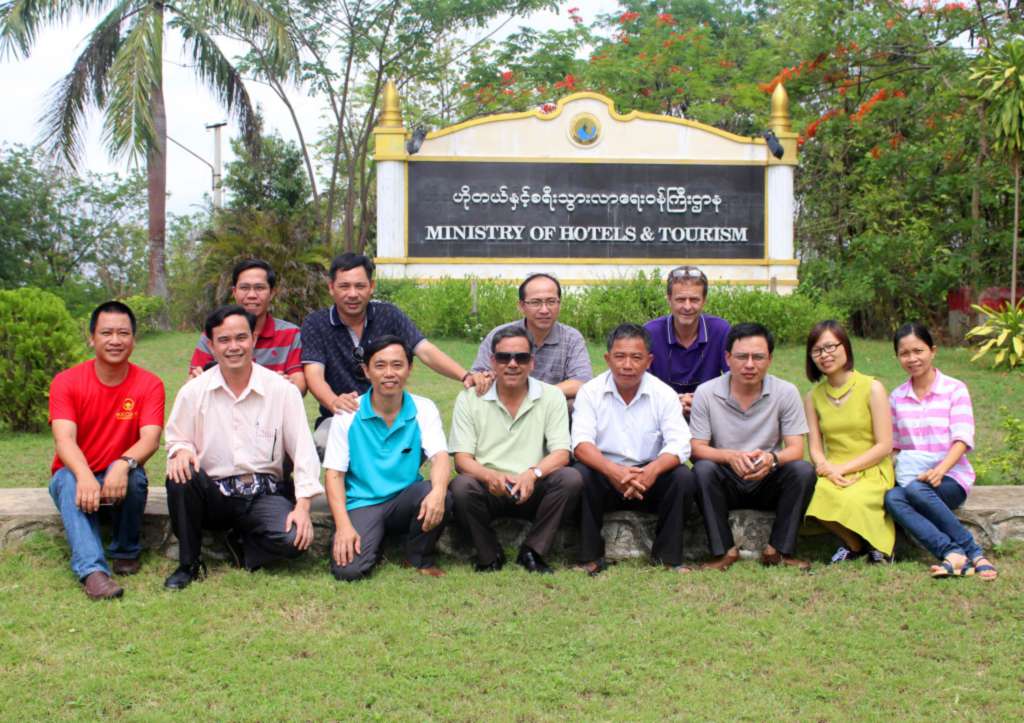 Figure 3 – VIE/033 Myanmar exposure visit participants at the Ministry of Hotels and Tourism in Naypyitaw
Figure 3 – VIE/033 Myanmar exposure visit participants at the Ministry of Hotels and Tourism in Naypyitaw
Following these learning experiences, detailed plans for three pilot models were jointly developed, and a first two-day training on CBET provided by TT Hue’s Tourism College took place in Hue City with representatives of provincial, district and commune level as well as 27 village leaders. The training generally aimed at enhancing the awareness and knowledge of CBET destination management, and at strengthening community capacities for planning, management and tourism services in the three pilot communes of Quang Ngan, Phu An and Loc Binh. During the event, local regulations on CBET operations were jointly defined.
An interesting feature of the CBET pilots is the Public-Private Partnership (PPP) setup, with the private sector stepping in as co-facilitator and specialised partner, to support local communities in organising things on the supply side, while at the same time help promote lagoon eco-tourism and create a demand for the services and programmes on offer. A 20-year business plan, with clear agreements and responsibilities was signed between a local cooperative as the leading civil society partner and a Hue-based tour agent. The cooperation between these two partners, and implementation of their business plan, is supported by the three district Divisions of Culture, Information and Tourism, with whom LuxDev has signed Delegation Agreements, and as such are in the lead for implementation.
This close cooperation between project, local government, the private sector and cooperatives enables communities in lagoon-based villages in TT Hue to offer visitors a special and authentic cultural experience, and creates opportunities to tap into the growing domestic tourism market and since the recent opening of the ASEAN the regional tourism potential as well.
↑ Haut de la page

